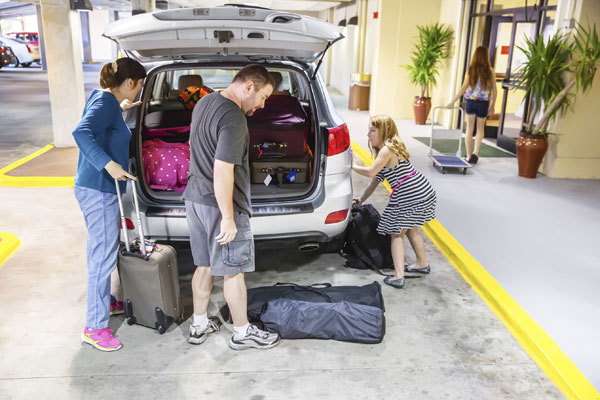You’ve made your home ready for sale in advance of your big move and you’re fairly certain your children are prepared to make the move too. Even your pets have been seen by the veterinarian, so all is well. Trouble is, there is one more matter to tend to: your car. Indeed, as you make you way to your new home, your car must endure many miles of tough roads. Here’s how to get your car ready for the big move ahead.

- Bring out the owner’s manual: Your car’s owners manual is its bible. It tells you everything that needs to be done to your car from the day you bring it home from the dealership to the day you get rid of it. Make certain that you pay close attention to the maintenance “due items” and have these things performed before you take to the road.
- Rotate the tires: A long trip means your tires will take a beating. Have them rotated and the air pressure checked. Don’t forget to inspect the spare tire too.
- Check the battery: Your car’s battery is its nerve center — if it isn’t working, then you’re not going anywhere. Clean the battery posts and ensure that the connections are secure. If your battery is at least four year’s old, then replacing it before you leave is simply wise.
- Inspect the brakes: At the same time you have your tires checked, do likewise with the brakes. The brake pads and calipers should be in great shape and the suspension system, including the shocks or struts should be ready for the road ahead.
- Replace the wipers and refill the washer fluid: Wiper blades should be replaced about twice per year. A long trip means your wipers may get a work out, especially if rain is in the forecast. A fresh set of wiper blades will ensure that there is no streaking. Fill the fluid level in the washer and you’ll be good to go.
- Change the oil and oil filter: If your trip will take you many days and miles to accomplish, that’ll put a lot of wear and tear on your car’s engine. Changing the oil and oil filter ahead of your drive will be the best thing you can do for your engine.
- Top or replace all fluids: Your car has a slew of fluids as well as filters and sensors. Go through your list and top off or flush the transmission fluid, brake fluid, coolant, and the power steering fluid. If needed, replace the air filter and the fuel filter.
- Check your lights: All of them. Today’s cars are bright objects, inside and out. With the ignition engaged, have someone check each light as you go through them. Headlights, LED daytime running lights, turn signal lights, fog lamps, LED tail lamps and other exterior lights should be functional. The same can be said for your interior lights — map lights, door lights, instrument panel lights, glove and storage box lights, you name it.
- Acquire an emergency kit: If your car breaks down along the way, can you rely on roadside service to get the job done? Maybe. Maybe not. In any case, having the supplies you need to handle a crisis is a must, such as an emergency kit. That kit should include a flashlight, screwdrivers, jumper cables, a utility knife, shop cloth, a bungee cord, a first aid kit, and water. Make your own kit or buy one for your car.
Happy Trails: If your car is in great shape, then you should be able to make your move without incident. At the same time, it is good to renew your roadside assistance program to ensure that help arrives when you need it. Then again if driving seems like a hassle, ask your moving services company about their car carrier options.










Comments are closed.